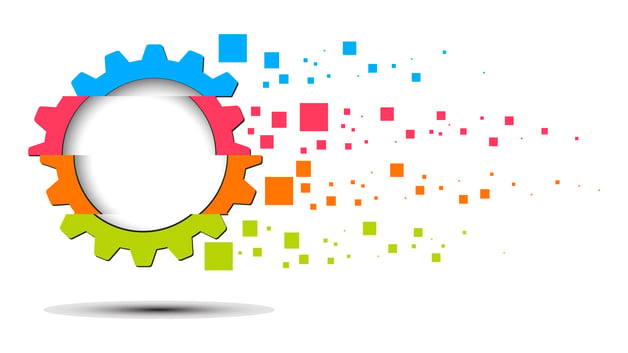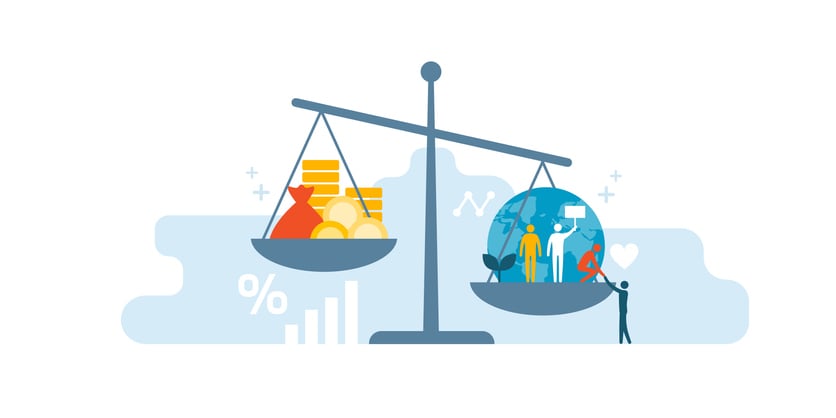Is Your Data an Asset? Then Treat it Like One
Most companies keep an eagle eye on their laptops, furniture, and office equipment. You might even have a barcode or QR code attached to your own computer so your employers can provide better technical support (which might even include scheduling and carrying out preventive maintenance). Plus, if your machine is tracked in an asset database, they’ll remember to collect it when you leave, and will be able to reassign it to someone new and avoid spending for a new machine.
Spending money on items you already have is wasteful, especially when they’re expensive. Similarly, doing surveys or audits to figure out what furniture or equipment you have on hand also is a waste of time and money. You should be able to quickly tell what items you have, who’s using them, and for what purpose. An up-to-date asset inventory can help you quickly repurpose things that are idle or underutilized, which increases the return on your investment in those assets.

Fixed assets are tangible resources (commonly described as “property, plant, and equipment”), used to generate revenue, uniquely characterized by long service life cycles and the difficulty of converting the asset to cash. Organizations that invest time and money in Fixed Asset Management (FAM) personnel and systems can pinpoint what, where, how, and how much an asset is being used. This knowledge gives you power: when you know how a critical asset is used, you can make better decisions about how many people you need to maintain them.
Whether you’re planning, acquiring data, maintaining data repositories or the pipelines that create them, or making end-of-life decisions for your data, you can apply best practices from fixed asset management to your data ecosystem. For example:
- Limit your asset management scope to a shared purpose. A company might have hundreds of offices, or tens of divisions. Which group of data assets is relevant to a meaningful business purpose? This might be customer demographics in Europe, or sales in North America.
- Perform a value audit. Unlike traditional fixed asset management, where data is concerned, you’re using fixed data assets to build more fixed data assets. Which assets are in use, and which are not? To find out, you’ll need to trace the stories of your data as it flows through your data ecosystem and is transformed into business value and insights.
- Dump ghost assets. Instead of property taxes and insurance premiums, the cost of ghost assets in your data revolves around storage fees and labor costs. Most organizations have legacy data sitting around that few (or no) people are using, and they keep it around, hoping that one day they will mine great insights from it. Spoiler: That day rarely comes.
- Tag and track. Although attaching labels and barcodes to your databases and pipelines would be prohibitive for obvious reasons, it is important to keep an up to date inventory of who and what is part of your data ecosystem, why it’s there, and how and how much it’s being used. Tagging and tracking means knowing all about your high value assets, and how they’re being used, at all times.
According to Temesgen (2021), “the main goal of fixed asset management is to achieve the best possible match of assets with service delivery strategies and to ensure that assets made available are properly cared for in order to maximize their service potential.” By applying just a little bit of the rigor and discipline of fixed asset management to data management, you can help your organization do more with your data - while reducing labor costs by a factor of two or more.
Ultranauts helps companies establish and continually improve data quality through efficient, effective data governance frameworks and other aspects of data quality management systems (DQMS), especially high impact data value audits. If you need to improve the quality of data in an existing fixed asset management (FAM) software system, Ultranauts can also quickly help you identify opportunities for improvement that will drive value, reduce costs, and increase revenue.
Additional Reading:
Imani, M., & Radziwill, N. (2020). Computerized maintenance and asset management: Improving quality through systems integration. Software Quality Professional, 22(2), 14-25.
Radziwill, N. M. (2018, October 5). Your Data is Your Most Valuable Asset: Getting Started with Quality 4.0. Intelex Blog. Available from https://blog.intelex.com/2018/10/05/data-valuable-asset-getting-started-quality-4-0/
Temesgen, B. (2021). Assessment of Fixed Asset Management Practice: The Case of MOHA Soft Drink Industry Share Company (Doctoral dissertation, St. Mary’s University, Addis Ababa, Ethiopia, June 2021).

